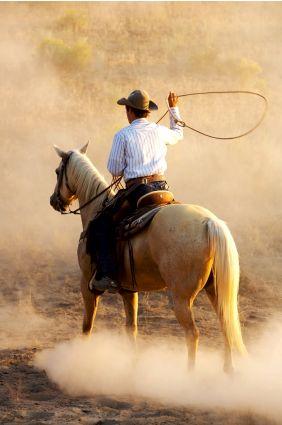|
The Gran Chaco of Santa Cruz Bolivia The Gran Chaco is an extensive area (over 100,000 square miles) of plains that spreads out over parts of northern Argentina, northwestern Paraguay, southwestern Brazil, and southeastern
Bolivia
where it covers a great part of the southeastern section of the Department of
Santa Cruz,
bordering Paraguay to the South and Brazil to the East.
It is hot (the hottest region of Bolivia), arid (practically uninhabitable in places due to the lack of water) and home to the largest virgin dry forest left on Earth. Even so, there are over 1000 species of flora here and over 300 thousand people live in the many small towns of this area. Most are of Guaraní or Izoceno origin, although some are Weenhayek or Tapiete. The inhabitants of this area have worked actively to protect the existing natural resources especially since timber, oil and gas exploitation are big business in this region. The quebracho tree is sold for its wood and mineral content. Several large areas have been preserved as protected areas or natural parks, such as Kaa-Iya National Park.

The Guaraní, also present in Paraguay and parts of Brazil, are the largest indigenous group in this area. After many years of living without legal recognition from the government the Guaraní from this region have actively participated in protests to pressure the government to distribute land more fairly and provide families with proof of ownership. They have also actively promoted the sustainable use of natural resources in areas of their native land. The Izoceno people moved to the edges of this region three hundred years ago, and established themselves along the Parapeti River in the Izogog valley. Today, children recount the history of the Izoceno people with dances they perform in the villages, learn about hunting and farming from their parents. Adults in the same villages are working with the government of Bolivia and with foreign agencies, to manage their "chaqueño" dry forest and all of the amazing life it contains. The area is covered with brush and small trees. The landscape is harsh and there is almost no water at all here. In an effort to adapt to living with less water, vegetation does not grow tall and is typically brushy and thorny. The area is generally divided into two regions. West of the Paraguay River and East of the Paraguay River. To the West the land is covered in dry forest and shrubs. To the East extensive savannahs are used for cattle ranching. Astounding as it may sound, there is actually quite an array of fauna in this area. The most surprising of all is the tapir. Tapirs generally need to live near water for their survival. In fact, scientists believe tapirs are so dependent on water that they cannot digest their food unless they are standing in it. The tapirs of the Chaco region have scientists stumped, especially since they usually need lush vegetation for food. Tapirs, however, are being hunted to near extinction in this region. https://youtu.be/v_6A-OmBCJ0 Peccaries, pumas, deer and jaguars also inhabit the area. It is also home to spiders, scorpions, and many insects, such as the deadly “vinchuca”. It bites its victims at night. In humans it causes a disease called Chagas which can lie dormant for decades until it ultimately causes heart disease and death. The Gran Chaco is the site of the infamous Chaco War that took place between Bolivia and Paraguay from 1932 to 1935.     |